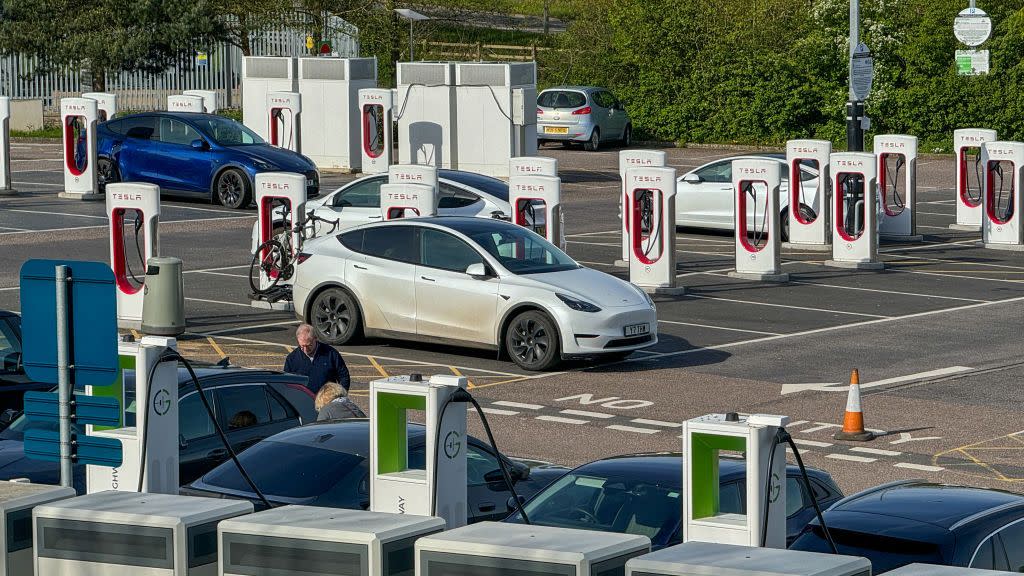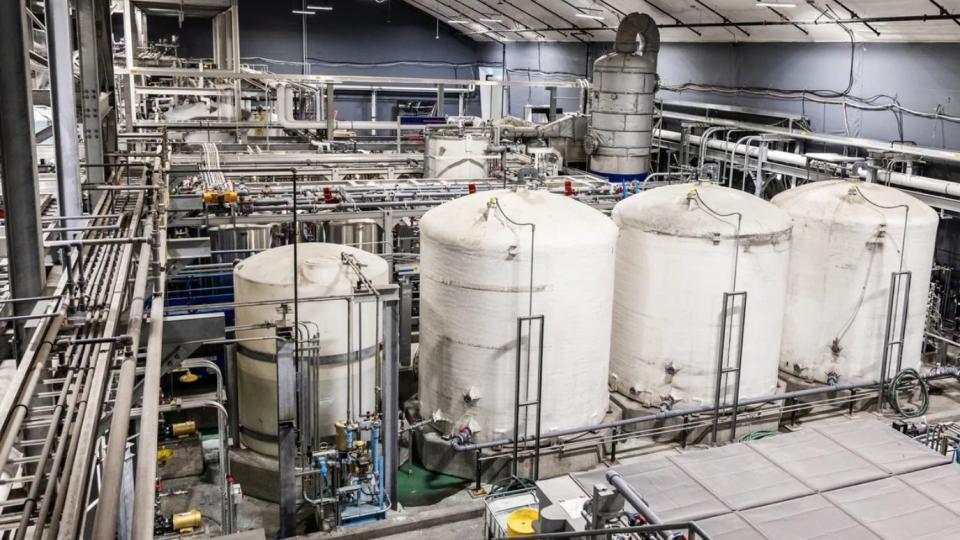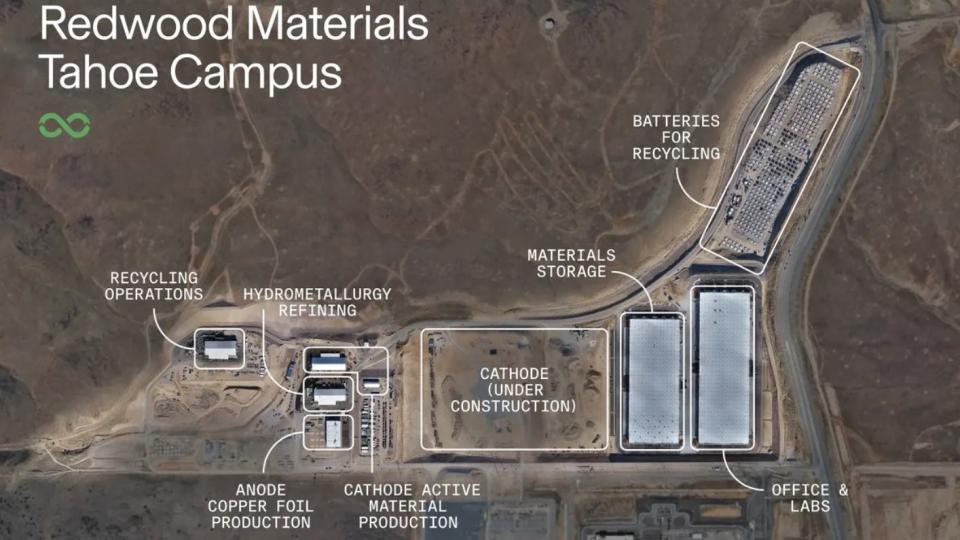Here’s Why a Closed Loop Is Key for a Battery-Electric Future

Redwood Materials expands its battery recycling operations in the US, all aimed at recovering useful metals and materials from scrapped EVs.
The company's operations produce 70% less CO2 emissions compared to traditional methods of processing ore into battery materials.
Redwood's processes can reclaim up to 95% of lithium from scrap battery components, while also reusing raw nickel and cobalt.
Discussion of EV sustainability tends to focus on the question of raw materials currently necessary for lithium-ion battery production. The question inevitably arises: Where will all of these metals come from as EVs continue to rely on heavy and expensive batteries that can rival engines and transmissions in cost?
And once something goes wrong with a battery, a fix that replaces one or a handful of modules isn't something that a dealer can often attempt, requiring a replacement even with seemingly minor defects.
But the current reliance on lithium-ion batteries, while not ideal in some respects, also holds the promise of creating a closed loop, allowing battery materials to be recycled and used in the manufacturing of new cells.
Redwood Materials is one of the companies currently working to create such a closed-loop system, and over the past year it has reached a number of important milestones in the EV battery recycling race.
During the past 12 months the company, founded by former Tesla CTO JB Straubel, has launched the first battery anode copper foil production on the continent, activated its rotary calciner used for large-scale recycling, and has increased its hydrometallurgical operations.
The company's hydrometallurgical process effectively recycles battery manufacturing scrap into raw nickel and cobalt, and also represents the first commercial-scale source of lithium to be opened in decades in this country.

Just how much lithium does this process recycle?
Redwood Materials says its hydrometallurgical process can reclaim 95% of lithium sourced from scrap battery materials. The nickel, lithium, and other metals are converted into chemicals during this process, or purified into intermediates, while the reductive calciner is a thermal pre-process that allows the company to handle live battery cells and other components, and is designed to process some 40,000 metric tons of battery materials each year, or about 15-20 GWh worth of battery capacity.
The sustainable construction and operation of these complex plants was a priority for Redwood as well, as metallurgy has historically tended to be an industry with a notoriously polluting presence. Even before it built its plants in Nevada, Redwood invited a team from Stanford University to determine the environmental footprint of its operations.
"According to Stanford, Redwood's approach to recycling has a significantly smaller environmental impact than both traditional mining methods and alternative recycling technologies," Redwood Materials noted.
The company's operations use 80% less water, 80% less energy, and generate 70% less CO2 emissions compared to traditional methods of processing ore into battery materials, Redwood claims. When it comes to CO2 emissions, the company says its operations result in emissions that are 92% lower than those of conventional refining processes.
Redwood is not alone in launching battery recycling operations, as several automakers including the VW Group have also made battery recycling plants part of their EV hubs with the aim of taking control of as much of the battery manufacturing process as possible, with the aim of avoiding a scramble for raw materials down the line.

But the positive effects of large-scale battery recycling won't be immediately obvious for a while, as battery material recycling as an industry is still in its early stages.
For one thing, there aren't enough old EVs being scrapped en masse for now, and a uniform decommissioning process has not yet been established in many countries.
Eventually, the EV industry wants to see a fairly uniform process in which EVs, once retired from service, can be delivered to regional battery reprocessing plants that can effectively separate and reuse their battery materials and other metals.
We're a little far from this closed-loop utopia for now, but it is encouraging to see automakers and battery recyclers are already working on ways to reuse the battery materials that we have.
Will EV battery recycling become commonplace in this decade, or will this process take much longer? Let us know what you think.

